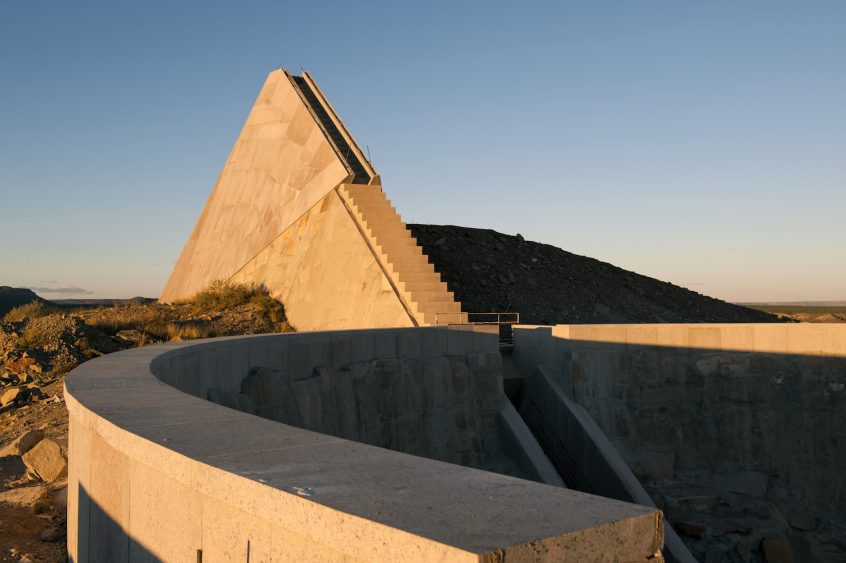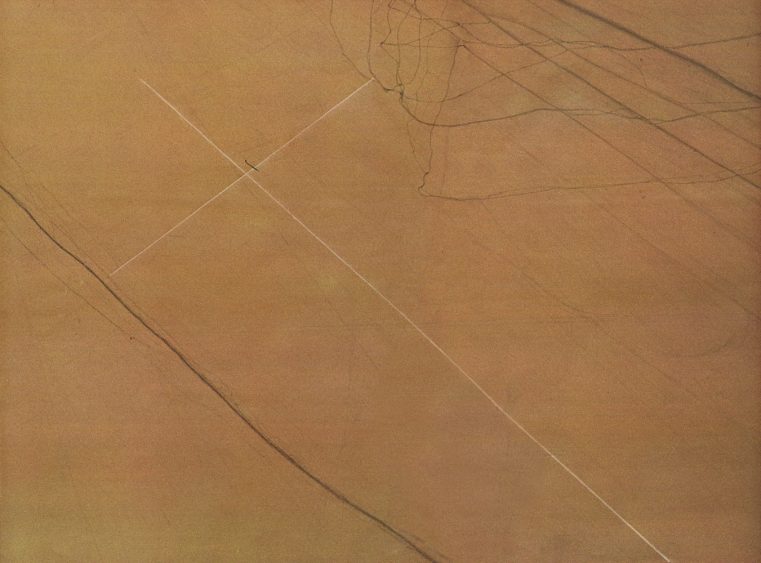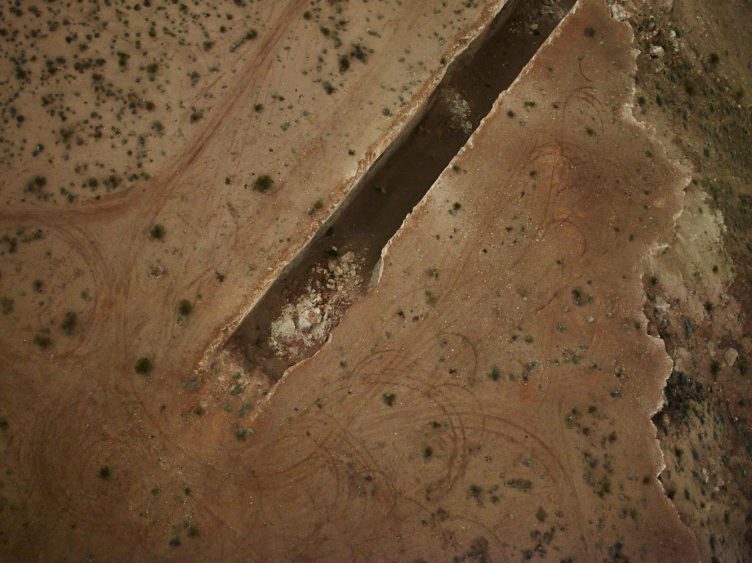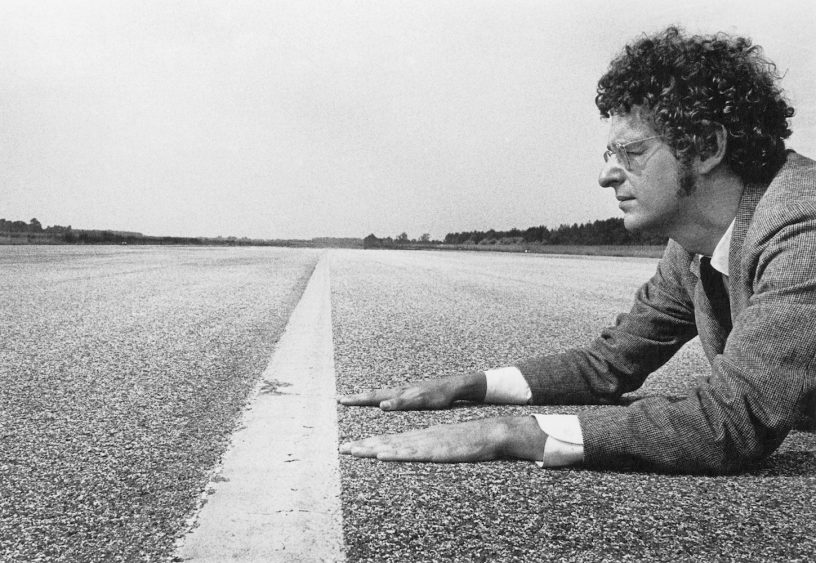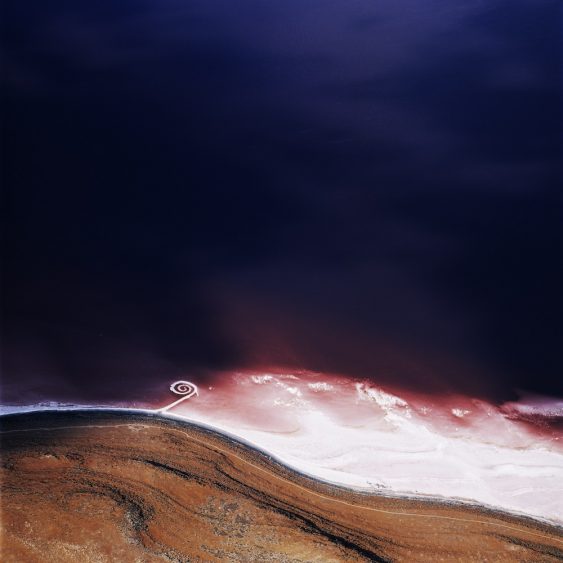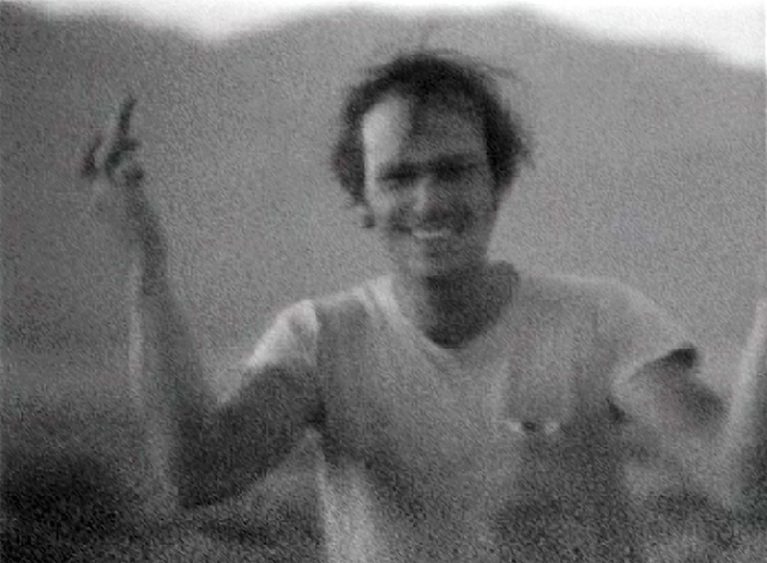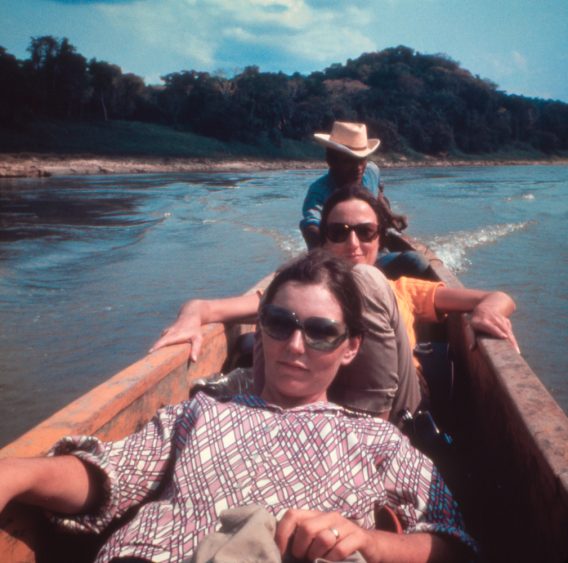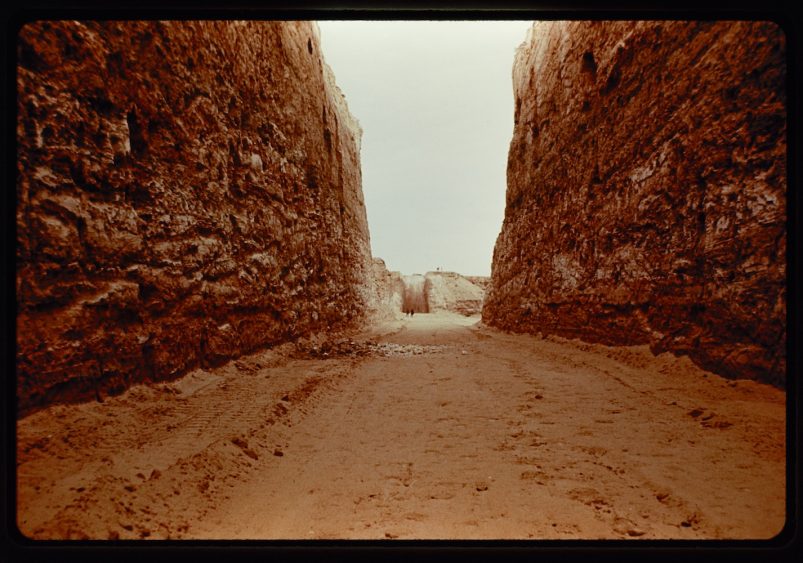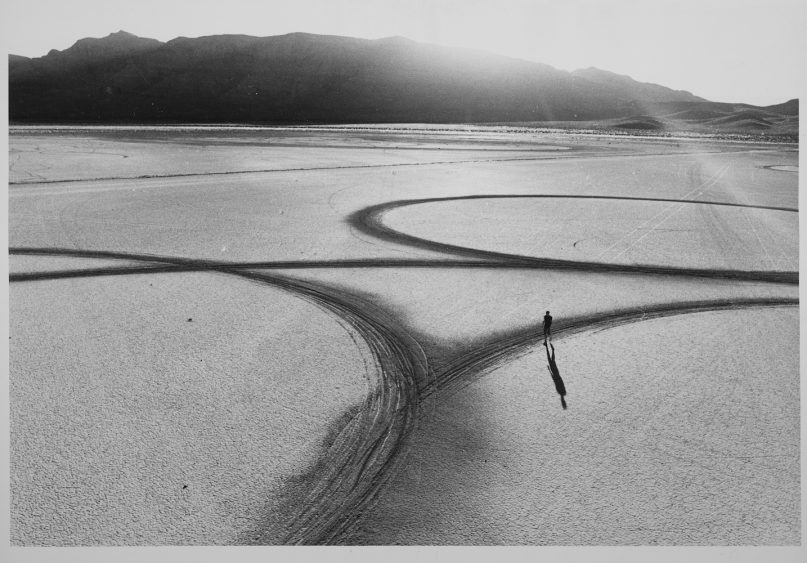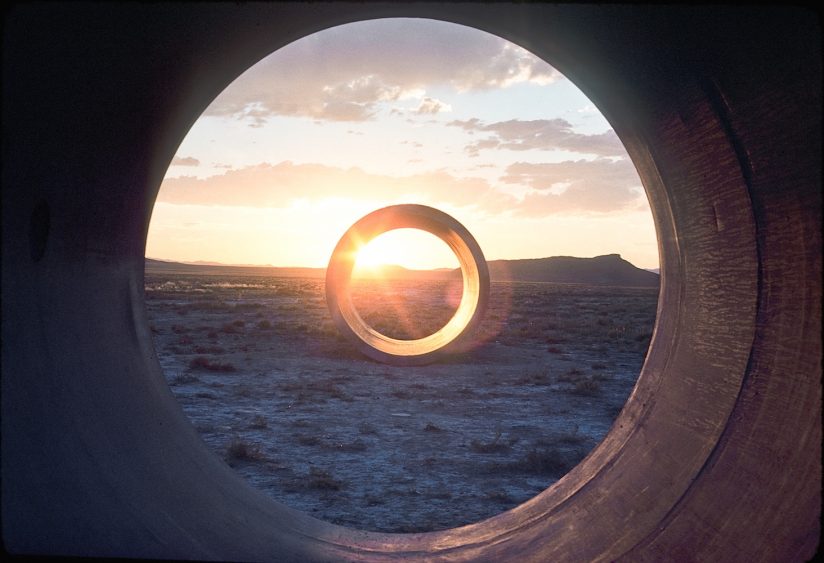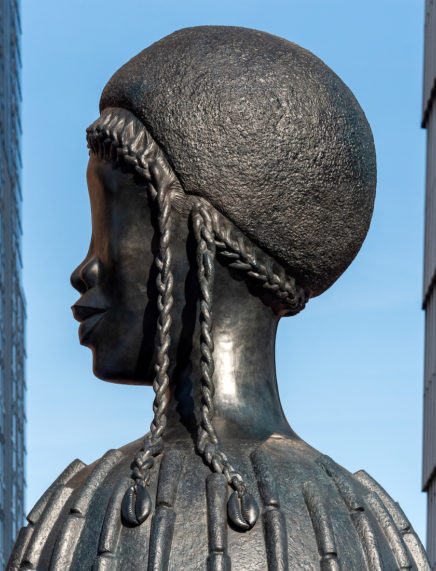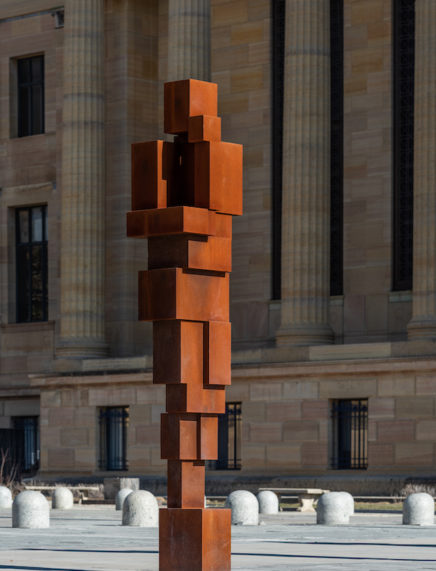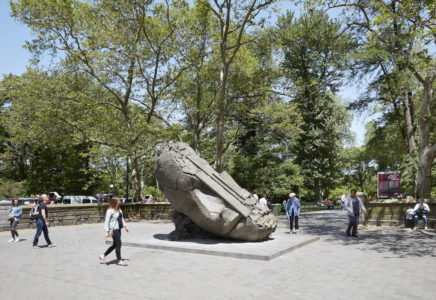Troublemakers: The Story of Land Art. Interview with the filmmaker James Crump
Aniko Erdosi: In January you released your second documentary film “Troublemakers: The Story of Land Art.” When I saw the film I had the feeling that it is very timely. Perhaps this had to do with sensing a certain wave in the cultural canonization or maybe beyond that with a more general notion of zeitgeist. That people these days are yearning for a stronger connection to earth and nature so these early earthworks especially resonate with today’s viewer. Did you have a specific target audience in mind for the film?
James Crump: I agree in many ways with what you have pinpointed about the zeitgeist. However, more importantly I wanted to produce this film now in order to share it with a much younger, new generation of artists whose formative years are occurring simultaneously with the highly commodified and hyper-speculative art market of today. I feel the film is a kind of refreshment that allows viewers to rediscover these pioneering artists and the spirit that drove them in producing works that could never be possessed, controlled or even sold. The risks taken by these artists and their desire to transcend the perceived limitations of traditional painting and sculpture seemed to me more relevant today than ever.
AE: What was your personal and professional motivation to make the film?
JC: Most of my projects have very long periods of gestation and Troublemakers is no exception. In 2003, I produced a very rare interview with artist Michael Heizer and in many ways the film began to gestate then. I lived in Santa Fe, New Mexico for over a decade and I made my first road trip to view a land art site (Walter De Maria’s Lightning Field) in 1995, so I had been thinking about these artists and their iconic works for a very long time. Again, I felt the timing was right to produce the film now because of the irrational exuberance, the sickened state so to speak, of the contemporary art market.
AE: It is also mentioned in the film that the main motivation for artists of the land art movement was to abandon both the spatial and institutional restrictions of the art gallery and the art market in general. It did not work for them anymore and they were seeking an alternative. I think many artists and art world protagonists feel the same way today. What do you think is the most important message of the film?
JC: For me, perhaps the most important message is that artists today can also respond to the perceived limitations of making and presenting art and that rules are meant to be broken in order to manifest a vision; that huge risks need to be considered in order to subvert the dominant structures and the power relations of society and culture.
AE: What was the biggest challenge in making this documentary?
JC: Sadly, a number of the most important characters are no longer alive, so it was imperative to dig deep in the research in order to discover some very rare and compelling archival materials. Our original shoots in the desert using a helicopter were fraught with complications and uncertainties but in the end we managed to produce a film that is truly immersive and experiential which was my chief goal from the outset. To produce a cinematic experience that is unmatched with this particular subject matter.
AE: I’ve noticed that despite of many living artists, art historians, curators and dealers were interviewed for the documentary only two made their visual appearance on the screen: the artists Carl Andre and Lawrence Wiener. I especially missed Virginia Dwan, whose role was crucial at the birth of the movement. Was there a special editorial choice behind this or did it have more practical reasons?
JC: Actually, Virginia Dwan has a very large role in the film. She is the first subject that I interviewed for the film and she supported the project very early on. I chose to interview Germano Celant because he is the most important art historian and curator from the generation who enjoyed many experiences with these artists, professionally and simply hanging out with them in the late 1960s and early 1970s. As a filmmaker and art historian, I am averse to “talking heads” and I wanted the chief characters active at that time, doing the heavy lifting, to tell their stories, either through my original interviews (i.e.Weiner, Andre, Vito Acconci, Charles Ross, Virginia Dwan among others), but also with the archival materials that I was able to discover and integrate into the story. I was not interested in having other curators and art historian simply for the sake of authorizing the stories. It was unnecessary. One of the chief reasons I felt the film needed to be produced is that so many of the principal characters were aging or already deceased. When we began shooting in late 2014, Robert Smithson, Nancy Holt, Dennis Oppenheim and Walter De Maria were no longer living. Michael Heizer was invited to participate in the production but chose not to be involved. Charles Ross is represented in my original video footage. Virginia Dwan also appears in my original video footage and also in archival footage and still photographs.
AE: I also could not help thinking about the gender imbalance in relation to the earth art movement and felt that the mentioning/featuring of Nancy Holt, her practice and her seminal earthwork piece was a little bit of an afterthought even in the end of the film, which reflects the proportion of women participated in the movement. What were your thoughts on this while writing and directing the film?
JC: The way that Nancy Holt is portrayed in the film was not an afterthought. In fact, Nancy and I were in communication by phone and via email before the film was in production, but alas her untimely death prevented me from interviewing her personally on camera for the film. Moreover, Nancy is represented accurately, first as being incredibly integral to Smithson’s practice and later, as Lawrence Weiner articulates, as an artist coming into her own and evolving her own singular practice. This was corroborated in interviews I did with feminist art historian Lucy Lippard who, like Virginia Dwan, was extremely close to Nancy and had followed her practice from its inception.
AE: Someone mentions in the film that the earth art was related to the notion that the planet is an object, which was instigated by the nascent space industry and the first images of earth taken from space and released to the public. The same voice recalls that “Walter De Maria said “earthquakes are the best way of shaping a sculpture which is the earth.” Whose memories were those and how did he relate to De Maria?
JC: Germano Celant actually makes the statements about De Maria but he is paraphrasing published statements that De Maria made during the period.
AE: In an announcement of the film you mentioned ”The element of not knowing where you’re going, the possibility of getting lost or of not even finding the place” is an important part of the artworks featured in the film. If the idea was to create artworks that nobody can find or see, even if they found it given its scale in relation to the human body, not to mention the ephemeral quality of them as they are exposed to natural forces, than we can regard earth art as conceptual art. However visual technology – such as the aerial views that photography and film can offer – makes it not only accessible to an everyday viewer but it also documents/preserves the idea. What is the proportion of the historical footage and the contemporary ones in the film? Did you find it interesting that so much historical footage was taken and available for you and, finally, how long did it take you to “unearth” those?
JC: Photography is a very contentious and contradictory subject in the history of land art. At various points, artists such as Heizer or De Maria would extoll the virtues of the medium of photography in relation to land art, only to renounce photography later, or to refuse to participate in exhibitions where photography played an important role, such as the recent 2012 exhibition, Ends of the Earth: Land Art to 1974. We chose to film iconic sites, such as Heizer’s Double Negative and Charles Ross’ Star Axis because they were never properly filmed the way that, say, Robert Smithson’s Spiral Jetty had been filmed and documented. With Spiral Jetty for example, my sentiment was why try to improve on this masterful film which, by the way, is also considered part of the tripartite art object.
AE: Speaking of rebelling and risk taking – that was an underlying motif in the creation of most of these earthworks – how do you think these notions resonate in today’s market driven art world?
JC: I genuinely believe that most of these artists are more relevant than ever today. Ironically, the dominant commercial market seems to have caught up with the pioneers of land art, witnessed for example by Gagosian Gallery taking over the representation of Michael Heizer and the estate of Walter De Maria, demonstrating that it’s never too late to “sell out.”
Troublemakers : the story of Land Art
A film by James Crump — 72 mins.
